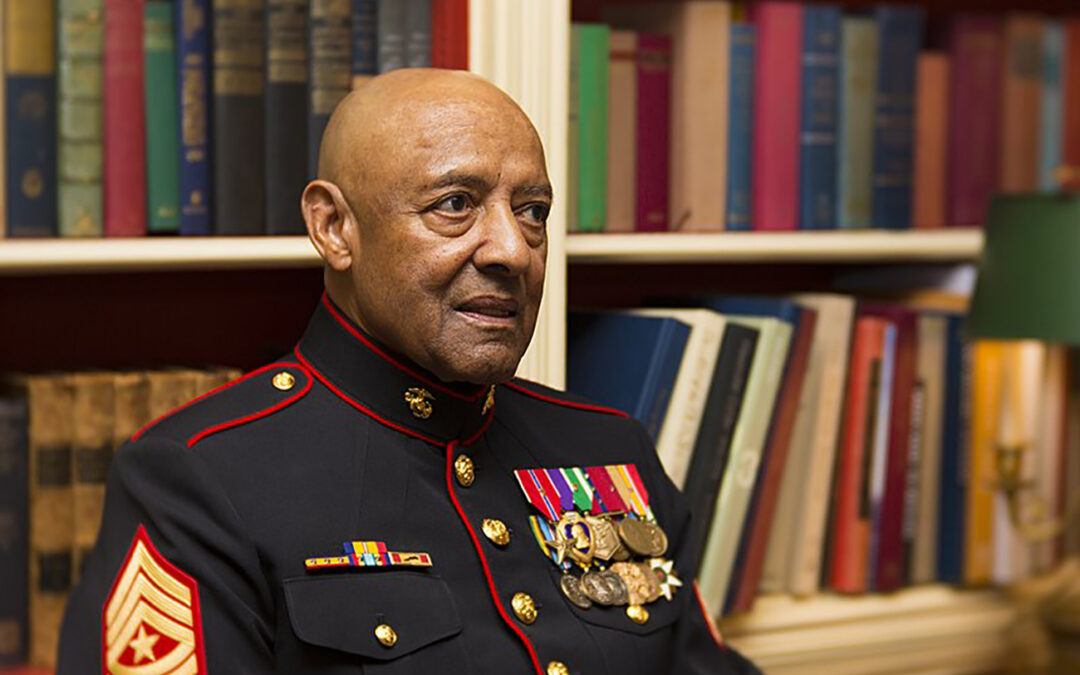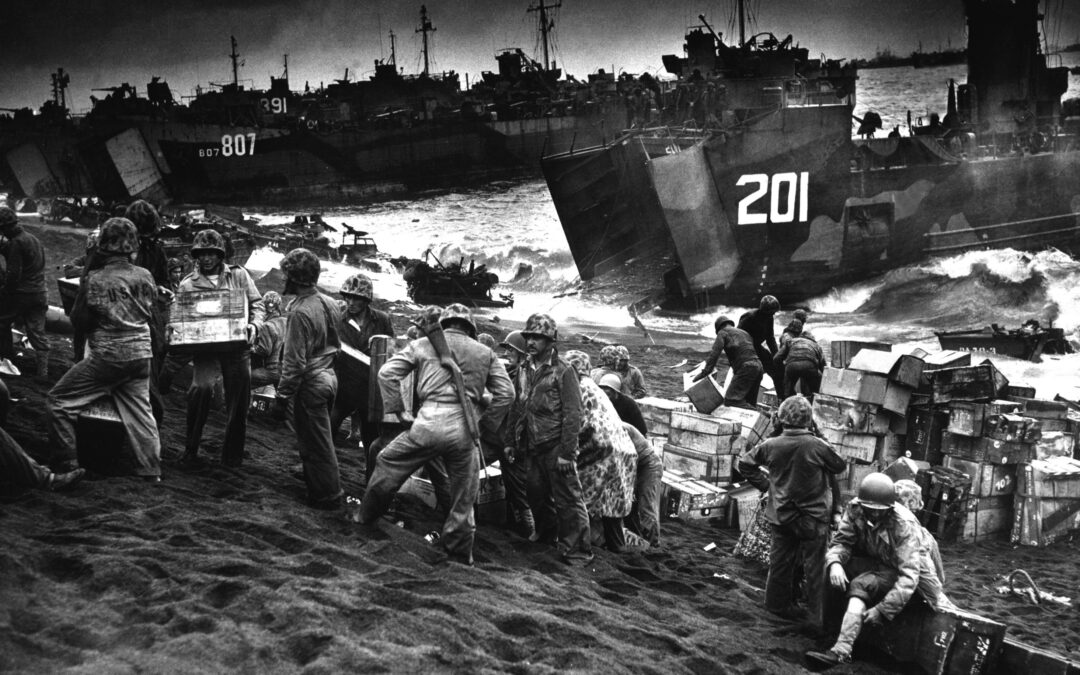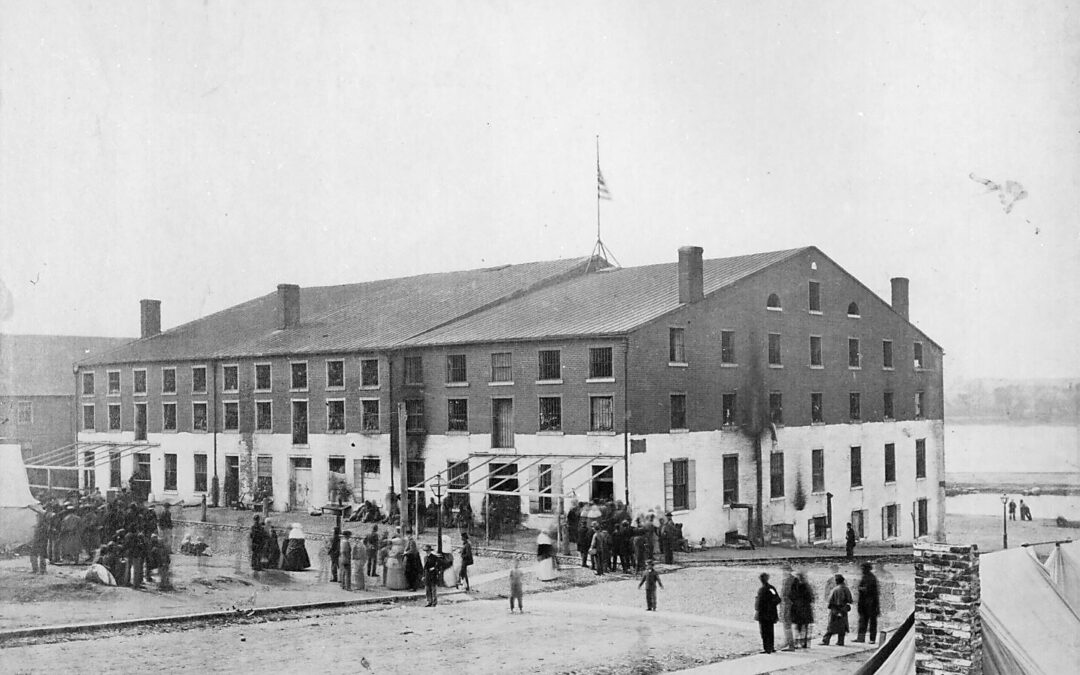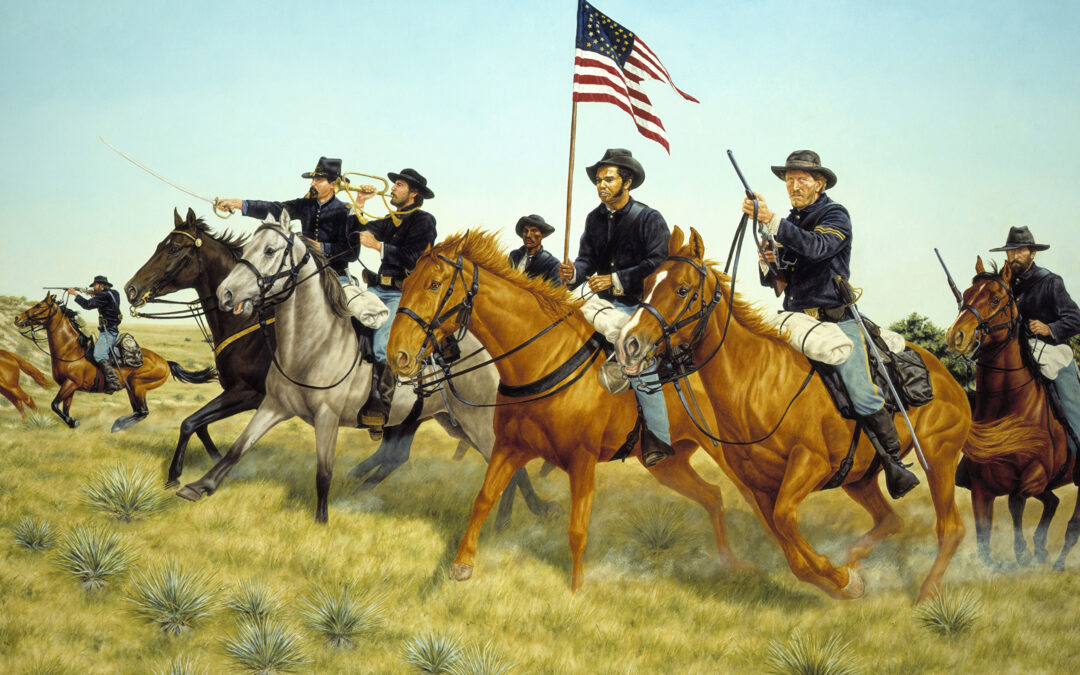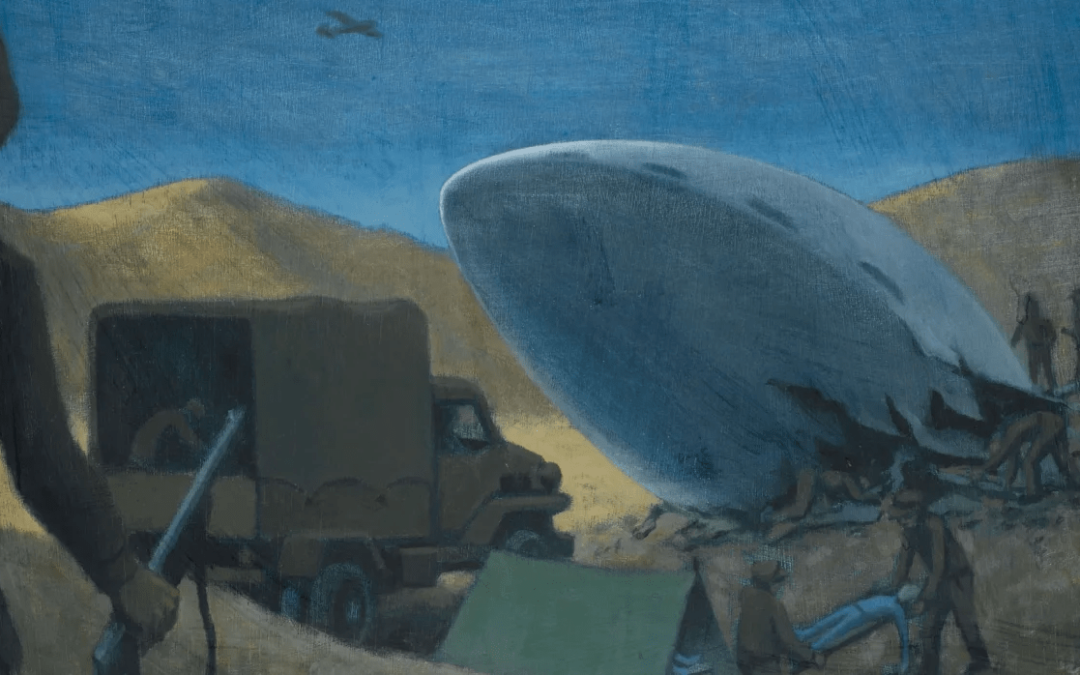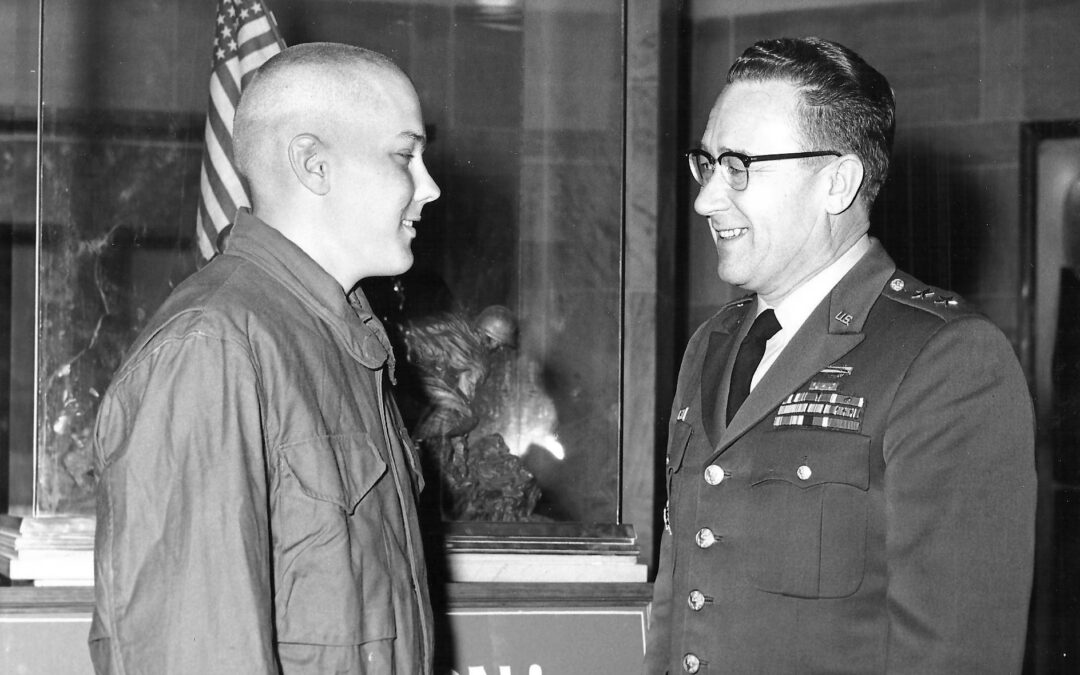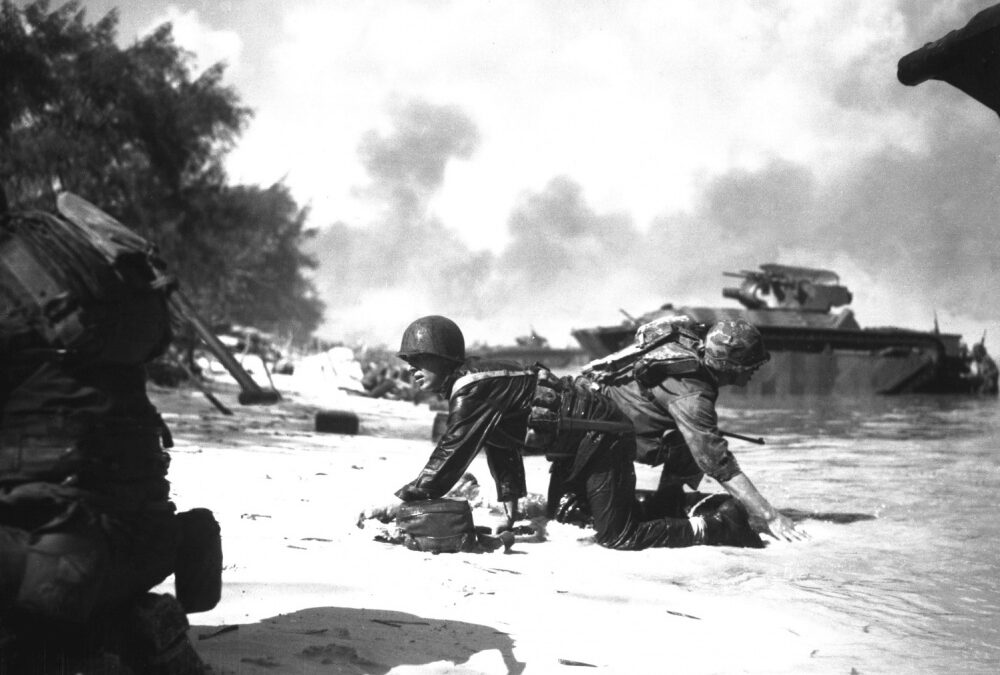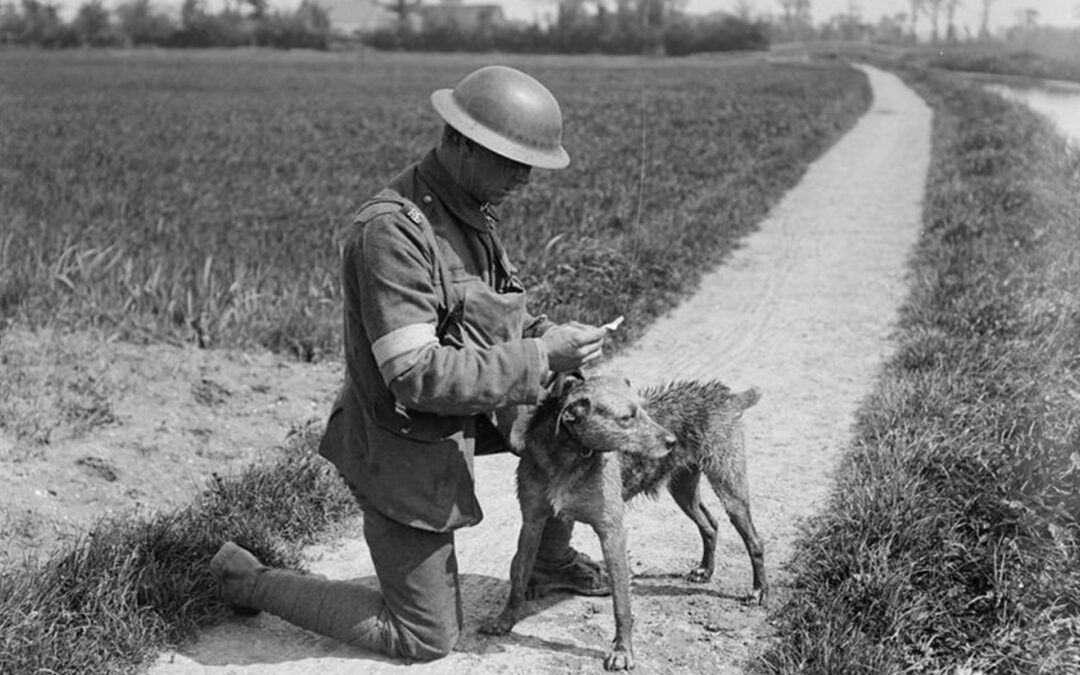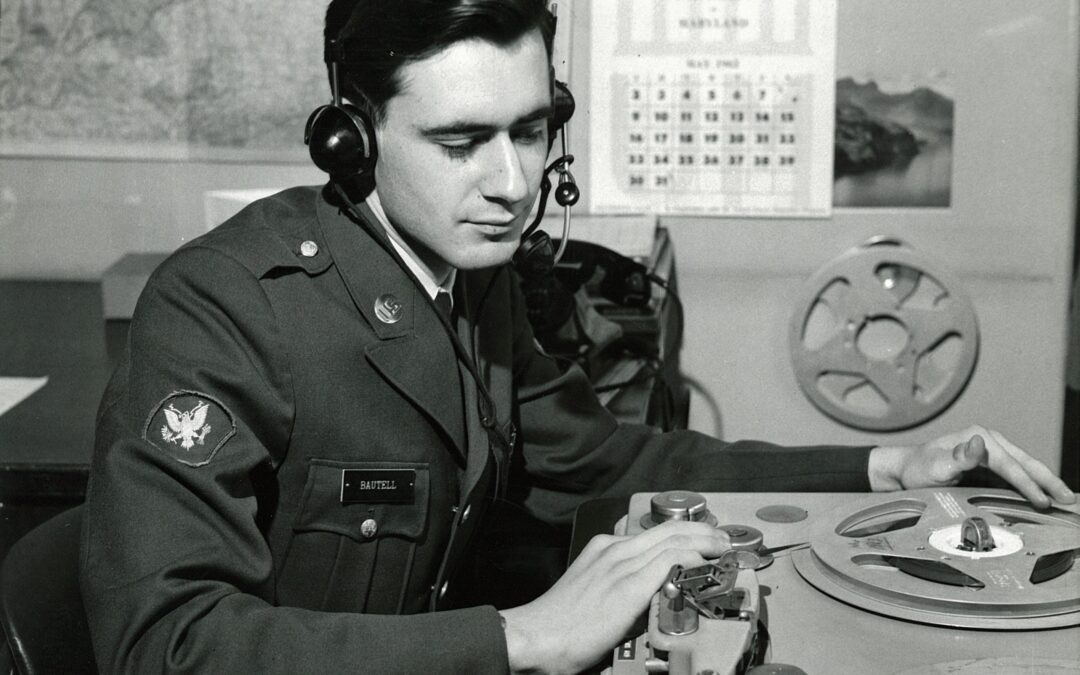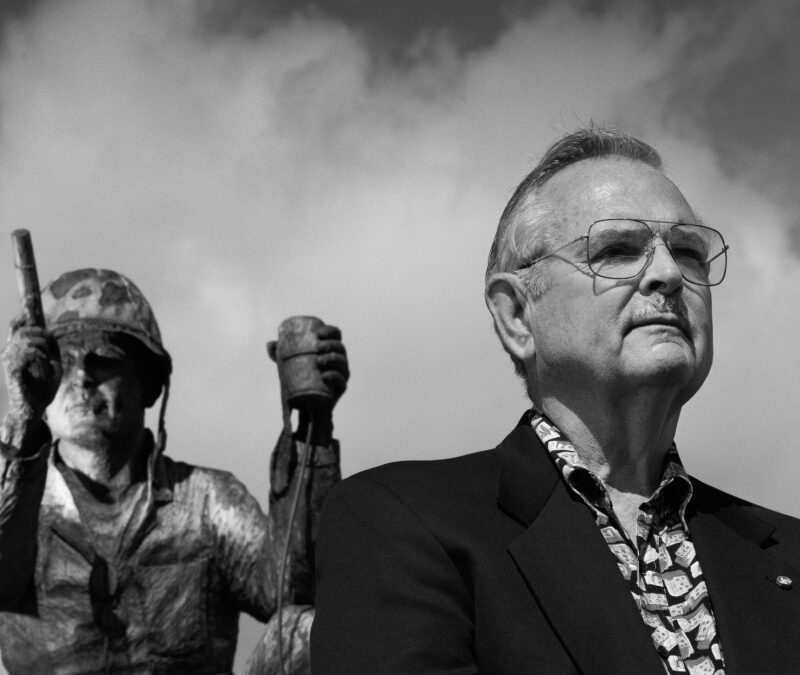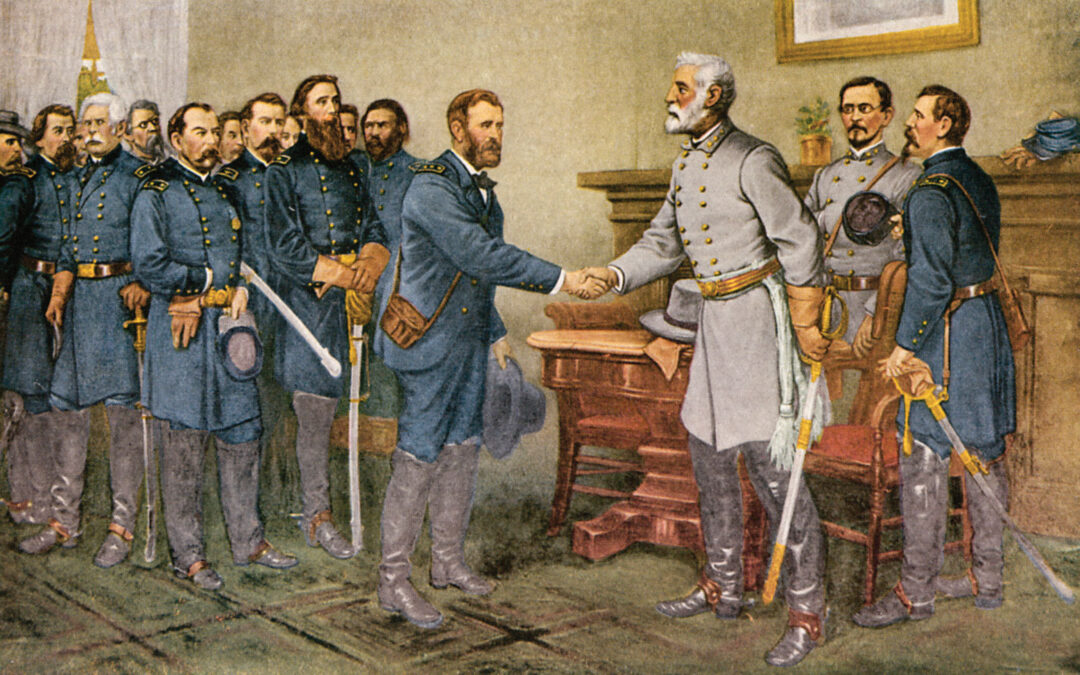As 1967 turned to 1968, American forces had officially been fighting in Vietnam for years, and many believed the Vietnamese Tet holiday would pass uneventfully, as it had in years past. They were wrong. On January 31, 1968, North Vietnamese and Viet Cong forces launched an offensive across South Vietnam, targeting more than 100 towns and cities. It was the largest operation from either side until that point in the war. Eighty thousand communist troops hoped to spark a mass uprising against American and South Vietnamese (ARVN) forces among the populace. The uprising never happened, and a U.S. and ARVN counterattack quickly took back what was lost in the surprise. One notable exception was the city of Hue, Vietnam's ancient capital. After taking Hue, the communists would have to be forcibly pushed out of the city street by street and house by house. It took 17 battalions of the U.S. Army, U.S. Marine Corps, and ARVN troops to dislodge them. Sgt. John Lee Canley Led...
